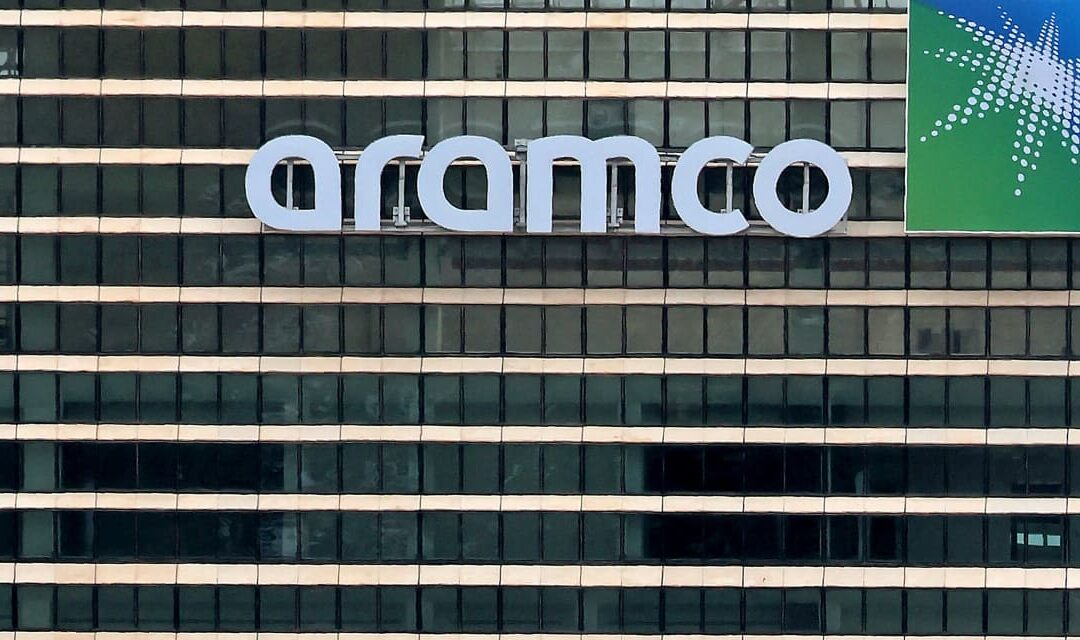Oil futures rose Wednesday after Saudi Arabia raised prices for crude sold in Asia, its largest market, and extended gains after official data showed U.S. crude inventories rose less than expected last week.
Price moves
-
West Texas Intermediate crude
CL00,
+2.80%
for April delivery
CL.1,
+2.80% CLJ24,
+2.80%
rose $1.60, or 2%, to $79.75 a barrel on the New York Mercantile Exchange. -
May Brent crude
BRN00,
+2.11% BRNK24,
+2.11% ,
the global benchmark, was up $1.21, or 1.5%, at $83.25 a barrel on ICE Futures Europe. -
Back on Nymex, April gasoline
RBJ24,
+1.98%
rose 0.6% to $2.549 a gallon, while April heating oil
HOJ24,
+2.71%
gained 0.8% to $2.628 a gallon. -
April natural gas
NGJ24,
edged down 0.2% to $1.953 per million British thermal units.
Market drivers
The Energy Information Administration said U.S. crude inventories rose 1.4 million barrels in the week ended March 1. Gasoline inventories dropped 4.5 million barrels, while stocks of distillates fell 4.1 million barrels.
Analysts surveyed by S&P Global Commodity Insights, on average, had expected crude inventories to show a rise of 3.7 million barrels, while gasoline stocks were expected to drop 2.3 million barrels and distillates were forecast to fall 800,000 barrels.
Late Tuesday, the American Petroleum Institute, an industry group, reported that U.S. crude inventories rose by around 400,000 barrels last week, analysts said.
State producer Saudi Arabian Oil Co.
2222,
known as Aramco, said Wednesday morning that it raised the official selling price of its flagship Arab Light crude for Asia by 20 cents a barrel to $1.70 a barrel over the benchmark price for April. That was higher than average market expectations for a premium of around $1.50 a barrel, Ewa Manthey and Warren Patterson, commodity strategists at ING, said in a note.
Aramco lowered the premium for European buyers by 60 to 70 cents a barrel, while prices for U.S. buyers saw little change.
“Despite climbing oil inventories over the past few weeks, oil prices have been displaying stronger than expected strength,” Peter Cardillo, chief market economist at Spartan Capital, said in a note.
“The reasons are likely attributed to OPEC+ extension of oil cuts and improving near-term technical strength. On the other hand, a potential cease-fire between Israel and Hamas could diminish the war premium, restraining prices from moving much beyond the $80 level,” he wrote.
OPEC+ on Sunday extended voluntary production cuts of 2.2 million barrels a day into the second quarter, as expected.









